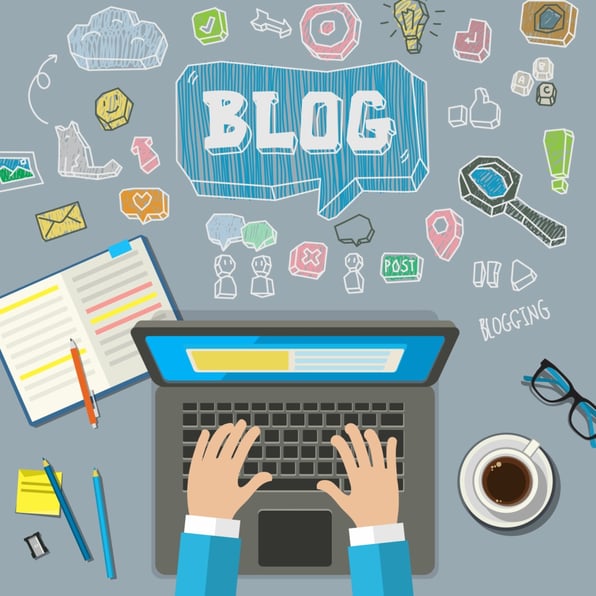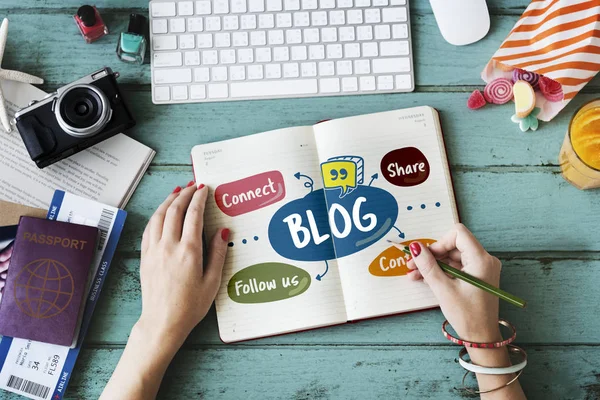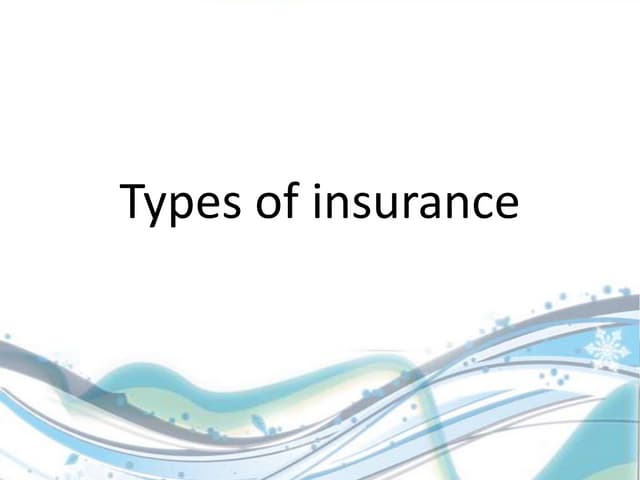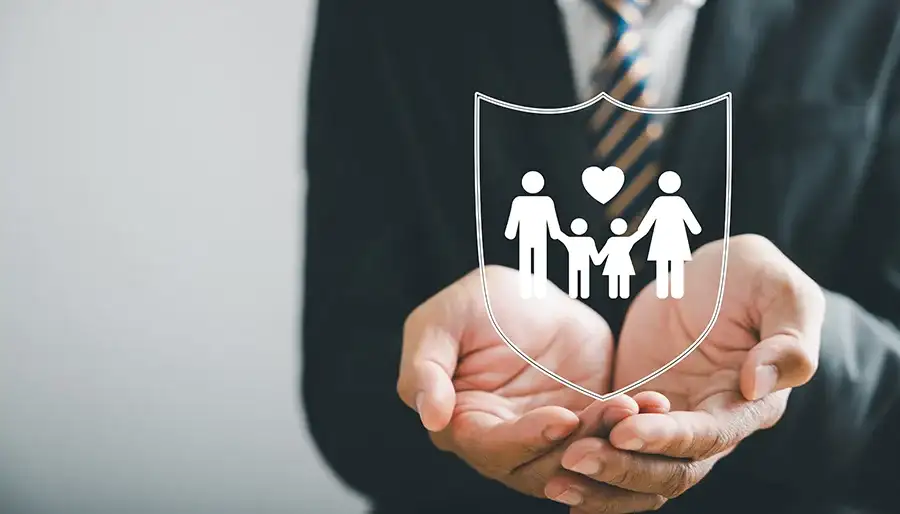Why is a postmortem necessary in unnatural deaths?
A postmortem is an examination of a body after death and is mandatory according to law in unnatural deaths.
A postmortem helps in finding the cause of death and helps in justice and helps in protecting the future from accidents and diseases.
A postmortem is an examination of a body after death. There are many misconceptions and misconceptions about postmortem in Nepali society. Due to such misconceptions and misconceptions in our society regarding postmortem, most of the relatives of the deceased do not want to perform a postmortem on the body of their loved one after death.
During a postmortem, the body has to be cut open and the internal organs examined. For this reason, people in Nepali society do not want to perform postmortems as much as possible due to religious and cultural issues.
However, if the death occurred in an unnatural manner, then a postmortem of such a body is necessary. For example: if someone finds a body in a murder, suicide, suspicious death, accidental death, sudden death, or a dead body, the police must be notified and a postmortem must be performed according to law. Since such deaths are suspicious, the cause of death must be found for the police investigation, for which a postmortem must be performed.
History of Postmortem
When digging into the history of postmortem, we have to go back to the beginning of the 14th century. In 1302, a postmortem of a body was performed for the purpose of investigating a death in Bologna, Italy. Similarly, since centuries ago, postmortems have also been performed in France, Egypt, and China to assist the law.
In the 18th and 19th centuries, postmortems gradually developed after the traditions of China and Babylon and the advanced use of European medical science. It was born separately in medicine, which was named ‘forensic medicine’. This field includes postmortems of bodies and medico-legal cases.
This branch of medicine is also known and understood as forensic pathology or legal medicine in some countries. In Nepal, the practice of performing postmortems in suspicious deaths seems to have started since 1960. The government doctor of Kathmandu's Prison Hospital officially started postmortems for the first time at Bir Hospital.
Why do postmortems?
Section 20 of the Criminal Procedure (Code) Act 2074 BS states that in the Nepali Constitution, in case of an accident, suicide or suspicious death within the territory of Nepal, the postmortem of the deceased must be paid by the government at all costs. Postmortems are performed at the request of the legal authorities responsible for investigating accidental and unnatural deaths, and the Nepal Police has the legal authority in Nepal.
A question that comes to the police every time after a death is why do we perform postmortems? What is the benefit of performing postmortems? The dead person is already dead, so why should we cause more suffering?
First of all, what should we understand is that we perform postmortems for the living rather than for the dying person. Postmortems provide a basis for finding out the facts and the cause of death, punishing the guilty and saving the innocent.
It helps in justice. In addition, performing a postmortem reveals many details about the death, which not only helps in investigating the death but also helps in making the living aware of diseases and causes of death.
In the event of a vehicle accident, the nature of the internal injuries can be examined and the safety systems of vehicles can be made aware. Previously, it was through such research that helmets were worn while riding a motorcycle, seat belts were made mandatory while driving, and airbags were made mandatory in vehicles, as well as head rests in the event of an accident.
Reasons for performing a postmortem
1. In fatal accidents
A postmortem is mandatory in fatal accidents because it can be found out which part of the human body is most affected in an accident and which part is most affected and leads to death. This helps in knowing about the measures to be taken to avoid the accident, the methods to be adopted in treatment, and awareness. This helps in reducing the number of deaths caused by fatal accidents.
2. In case of sudden death
In case of sudden death, postmortem can be done to find out the disease that most people die from. Postmortem can be done to find out which part of the body is affected by such diseases. By finding out the nature and condition of the disease, society can be helped to save it from diseases. Similarly, this can also help to find out about hereditary diseases and alert other family members in time to save it from premature death.
3. Help the law
The police must conduct a postmortem when investigating a death. The cause of death is mentioned on the basis of the postmortem report, based on which further legal investigation is carried out.
In case of suspicious death, the family, relatives and eyewitnesses of the deceased also make various statements according to their interests. Preparing a postmortem report based on statements affects the police investigation, therefore, postmortem is also mandatory from a legal point of view to help in finding out the exact cause of death and conducting a fair investigation.
3. For scientific research
The nature of the wounds on the body may vary between a vehicle accident, a fall, and a beating, which will allow proper scientific research to examine the nature of the injuries on disputed bodies in the future and determine whether the injuries were caused by a vehicle accident, a duty-related death (beating), or a fall. There may be grounds for distinguishing between the two.
How is a postmortem performed?
A postmortem is performed in all district hospitals or large government hospitals in Nepal. After a police report, it should be performed by a forensic expert or a doctor registered with the Nepal Medical Council. During a postmortem, the body is completely naked, the outer covering is noted, and the body is completely dissected and examined.
Sometimes, pieces of various parts of the body are removed to provide additional evidence for the police to investigate and the doctor performing the postmortem to determine the cause of death. And it is also sent to the police forensic laboratory for further examination. After the postmortem, a report with the doctor's signature is submitted to the police.
Postmortem related mistakes
1. The body is not dismembered during a postmortem
During a postmortem, the body is dissected as needed, and after examining the vital organs, the body is re-stitched and handed over to the relatives in its original state.
2. The organs of the body are not removed during the postmortem
The main purpose of performing a postmortem is to find out the cause of death. Therefore, the body is dissected and examined for important organs. Then the organs are placed inside the body and sewn up and sent. In any suspicious situation, small pieces of organs can be removed for testing for poisons and other chemicals as needed. Then the organs are sewn up in their entirety. After death, no organ works for another person.
3. A postmortem cannot be done without dissecting the body
In Nepal, a postmortem cannot be done without dissecting the body. However, sometimes, since hospital reports reveal the cause of death based on CT scans and X-rays, a postmortem can be done even with minimal incisions. Therefore, the hospital report is important after death.
4. Is it known whether a person is dead or not after an autopsy?
A postmortem is basically to find out the cause of death. After the cause of death is determined, the investigation into whether the death was accidental, accidental, or suicide remains. After the doctor determines the cause of death, the police investigate based on that. The doctor who performs the autopsy does not reveal the exact cause.
But sometimes, based on the nature of the injuries on the body, the doctor can give an opinion to the court about accidental, accidental, or suicide.
Postmortem Neglected
Postmortem plays an important role in determining the cause of death and minimizing deaths due to potential disasters.
Due to the state's lack of importance in this field, the new methods introduced by medical science in this field have not yet been introduced in Nepal, which is why even today the postmortem space in government hospitals in Nepal is limited to a dark room.
In developed countries, postmortem examination rooms are equipped with postmortem X-rays and CT scans, as well as labs for DNA, drug and poison testing, to minimize the amount of dissection required during postmortems. However, ironically, in Nepal, state agencies are less knowledgeable about what constitutes a dead body and have neglected this area in every way.










30035-4/asset/fd0a480b-353f-4256-9173-74f5534433ce/main.assets/gr1_lrg.jpg)




